
Jotham79
-
Posts
502 -
Joined
-
Last visited
Content Type
Events
Forums
Downloads
Quizzes
Gallery
Blogs
Posts posted by Jotham79
-
-
You will have no problems with the depth. I have had 3 ponds that deep and no problems. recruitment can be an issue so you will need some predator fish.
-
I'm pretty sure that it comes from China or maybe Viet Nam, I have not seen it around here.
-
There are a lot of reasons you may be having trouble so here are some thoughts:
You purchased you pullets while the amount of light was decreasing which can delay egg laying. If you screened with the blue plastic screen you further reduced the amount of light. You should either set them on a timer for 15 hours a day or get a light sensor and run the lights all night.
The hens should have food and fresh water in front of them 24/7. 20 kg for 140 hens is a little light.
Dust bathing is not a problem, but..... If they stressed because of parasites that could reduce laying and general health. You should have several (5 or 6?) dust baths available. Use plastic bowls about 50-60 cm in diameter and fill halfway with sand, wood ash, and diatomaceous earth (DE). You should also give a .light dusting you all of the rice hulls.
You should have screened boxes under your feeders to catch spilled feed and under your water sources to make sure none of the rice hulls are getting wet. Make sure any other food or treats given are cleaned up. Mold can wreck your flock.
Not collecting you eggs often will not increase production, but will increase their desire to go broody. Not a common problem with the red sex linked crosses you probably have.
I would add roosts a few feet off the ground along one side of your coop.
I would keep them penned. Energy expended just increases the need for feed. If you were raising a breeding flock and not putting production as the main goal, and if you have a good range then I would let them wander. I have done several tests and my birds eat less and lay more when I keep them in the coop. If you wonder this is true, why do hens in cages produce so well.
I would rake the rice hulls every few days and replace about every month. Collect all floor eggs immediately as you want to encourage them to use the nests. If your litter is very deep, some eggs could sink.
I would feed them a small amount of DE to help control internal parasites.
If you want you could give them Basil and occasionally put a probiotic in their water. Cider vinegar is also said you help.
Like I said, there are a lot of reasons your birds aren't laying like bad stock or illness. Could it be that only the hens from one of you sources are not laying? Can you check the expirations date on your feed bags?
PM me if you have specific questions.
Cheers,
-
I found that bag in Thai Watsadu in Petchabun.
-
-
After hens lay for about a year they go through a moult where they lose feathers and lay few eggs. The better the layer the more drastic the moult. Commercial farms get rid of their entire flock and get new layers. Yours will start laying again, but will lay fewer eggs that will be a little larger on average. They are not likely to start until the days start getting longer, but this will be a slow process. If you want to get them to lay well and soon, you need to put light on them for about 15 hours a day.
-
Hi Fruitman,
I am Petchabun and we grow 2 varieties, the putsa apen (apple) and the putsa sam luat. The coloring depends on how long you wait to harvest. We are beginning to harvest now and I don't think you would have trouble growing them in BKK
-
You are due for a molt. Did they lose some feathers? Are you keeping them with 15 hours of light?
-
I haven't had any issues using DE in dust baths and coops. for feeding I often make up a wet mash from feed and old cooked rice.
If you will PM me your email address, I will email you an excel spreadsheet for mixing feed.
Can you tell me if the stuff in this photo is the calcium carbonate that can be used in feed?
.thumb.jpg.fd3babeebbe484a2f3657babede91c2a.jpg)
-
I took a scoop like yours and did some calculations. I think you are running about 18% assuming:
1. all scoops have the same volume.
2. 9% protein for corn
3. 44% protein for soy beans
4. 12 % protein for rice polishings
5. You are using fine rice polishings (ram On) and not medium rice polishings (rum klang). If it looks a little coarse and you can see bits of broken rice, you have ram klang. Ram on is a fairly fine powder. IMHO ram klang is near worthless for poultry.
By my calculations you need about 6-10 % calcium carbonate by mass. If they are ranging and getting bugs ect then less calcium is needed. If the are caged and you are going for high egg production the go higher.
cheers
btw, I got a 3 kg bag of calcium carbonate to try out.
-
Thanks for the reply. Can you tell me how you are using it...what animals are you feeding and what % in the mix?
Cheers,
-
We sold 2/3 of our farm and I had a double knee replacement 4 months ago and so have almost had to start over. I mentioned on another thread about the tilapia, but also have a small pond (15m x 20 m) out on the farm with 300 tilapia and 100 catfish. My large pond is mixed stocked and has everything. I picked up a few black skinned chickens which have turned out to be excellent layer and have hatched a batch of their eggs already. I have white and black/brown together for now, but hope to separate them later. My Rhode Island Reds will be online in a month and the Australorps and Light Sussex are coming along. I am still working on my yard-bird project and will make a separate post on that. I currently have 110 chicks of egg layer mix, black skinned chickens, and gai ban. My doe kindled and I am back in the rabbit business. I am hatching my original bloodline of large quail and still waiting on eggs for a special breed of quail where the breeding females get to 400 grams compared to Thai quail with breeders around to 150 grams. I am working on a raised and a small regular garden for the cool season. I am hoping to being more active on the forum now.
-
Well I finally got my tank up and running. I started with 300 fry and a very small pellet feed that I think is 40% protein. It will take the bio filter a while to work so I think I will take half of the fry out to the farm and to water changes for a few weeks. Till not happy with my pumps, but will play with them a while.
Here are some photos:
Full set up
Tank with pumps off
Tank with the pumps on
Bio filter
Swirl filter
-
Thanks for the feedback. I will probably try 1-2 spoons per mature fruit tree and maybe 1 kg per rai
-
How I obtained this stuff is a long story, but I am wondering what I can do with it. It is 50 kg of mineral supplement for cows, and I have no cows. What I am wondering is would it be useful in farming?
I am thinking about maybe 100 grams around each of my full grown fruit trees and maybe 1 kg per rai for the garden and farming. Any thoughts?
-
Thanks, I'll give them a shout
-
Sorry I've been slow.
I will be using a purpose made tilapia feed starting with 32% protein. I can't really use the green water method in a small tank.
The "Green Water Method" basically has the fish getting most of their food from the algae in the water. Fertilizer is added, but there is a limit on the carrying capacity which depends on the surface area that sunlight hits. It also takes a little longer for the fish to grow out and some feed may be given. As I understand most tilapia are not green water fish. A lot of tilapia are raised in floating nets in rivers and large lakes and are fed intensively. I know some is done in Phitsanoluk, up at Nong Khai, and around Nonthiburi . Some are raised in lakes with aeration and intensive feeding, but to be sure there are some raised green water. On my farm I use green water (small scale) and do not use nets. My fish taste better than most I have had through the local market. I think over all water quality and amount of silt in the water makes a bigger difference in the taste.
Cheers
-
-
Is this a concrete tank? How many fish will you have in it?
Here are some vids that should help:
https://www.youtube.com/watch?v=RVzNcU8EnwU
https://www.youtube.com/watch?v=N45FP6ctLes
-
I used to watch hi videos a lot when we were doing frogs. He has a lot of fun but is not really as concerned with expenses as I need to be. I have the same tank as in the video. He is running about 60 Pla Duk which probably total around 20 kg and he has some water issues. Catfish can breath air so O2 is not much of an issue and they are several times more tolerant of ammonia. I don't think 20 kg of tilapia would make it in his set up. I will have a larger pump that should recirculate all water every 15 minutes. My swirl filter will be 2 times as big and my bio filter will be 4 times as big. I will also have a small pump that will provide aeration. I am still not sure that will handle 50 kg of tilapia (60kg per cubic meter) but will find out.
I need to find some test kits for water quality too.
-
I bought one today at Thai Watsadu. It is circular with a 1.4 meter diameter and 45 cm depth. Rated for 800 liters, but will probably be lucky to get 700. It was 2900 which is a little pricey. They had several sizes and shapes.
-
I would like to have a few plastic tanks (approximately 1000 lit) to raise Tilapia and maybe Pla Let at a max density of 50 kg per cubic meter. I will have aeration; and have a solid waste filter and bio filter similar to the ones in these links:
https://www.youtube.com/watch?v=N45FP6ctLes?
https://www.youtube.com/watch?v=RVzNcU8EnwU
I am wondering what kind of maintenance will need to do and how often to do things like checking for ammonia. Any help would be appreciated.
cheers
-
-
Also some kind of misunderstanding and misinformation around here.
Today at Kasetsart Fair I saw a both with the Company Name "Organic Quail Farm".
But they keep the birds in the net cages which is, to western standards, certainly not organic or even animal welfare friendly.
It's only the company name appear on their products, no label or certification.
But one who doesn't know could understand their products are raised according to organic standards.
Kind of misleading the customer
There is definitely some confusion. All quail are raised in cages or nets or they would fly away. This is the same in Australia, the UK and the US They only ones raised on the ground are for sale to hunting clubs that need good flying birds.. Allowing birds on to ground (not the same as floor raised) subjects them to a host of parasites and diseases that I would worry about more than their diet. This would also make keeping the eggs clean a problem. Quail will be healthier and cleaner in cages and I feel the welfare issue to be more about how much space and quail are often crowded. I raise my quail with more than double the space recommended. I do not vaccinate or medicate and feed my layers an un-medicated quail layer feed and make my own grower ration for the chicks. I give other natural supplements depending on what is available.
Animal welfare is a whole separate political and moral issue. but I think you have to consider health as a major component. The notion that there are "Happy" chickens or quail is ridiculous. They exist in different stages of stress. If they have room to move around, ample feed and clean environment safe from predators and disturbances, that is about as happy as they can get.
Organic has more to do with what the bird consumes and everyone has a different definition. At the least it usually means the animal is fed non-medicated feed and is given no growth hormones, un-natural chemicals, or antibiotics. Some say they shouldn't be vaccinated. And others think that they should only eat organic feed (again with lots of different standards).
Free range or floor raised has more to do with housing and again their are a lot of different standards floating around. An animal allowed access to the outside but fed with hormones and antibiotics would not be considered organic. I can tell you from a dozen trails that my chickens lay better when confined to a coop than when I let them free range and the eat slightly more. This is because they have full access to feed at all times and spend a lot of time running around that burns energy. I also have more health issues when the chickens free range, probably because of the exposure to parasites and disease. Even knowing this, I let mine run from time to time.
In Thailand if you don't grow it yourself you take you chances, which I don't have a problem with personally.
As for GMO goes, there are tons of articles but few real studies. The articles reference studies, but the original studies are very difficult to track down and often poorly done to support a particular political or moral position. I have a bit of a science background so I tend to need the original data to take something seriously. What I haven't seen explained is how a GMO seed can be fed to an animal, digested, and then the animal is cooked and eaten passing through another digestive track and harms the animal eating it.
I fully support everyone's right to an opinion, I just wished people were better informed.
Cheers
-
 1
1
-

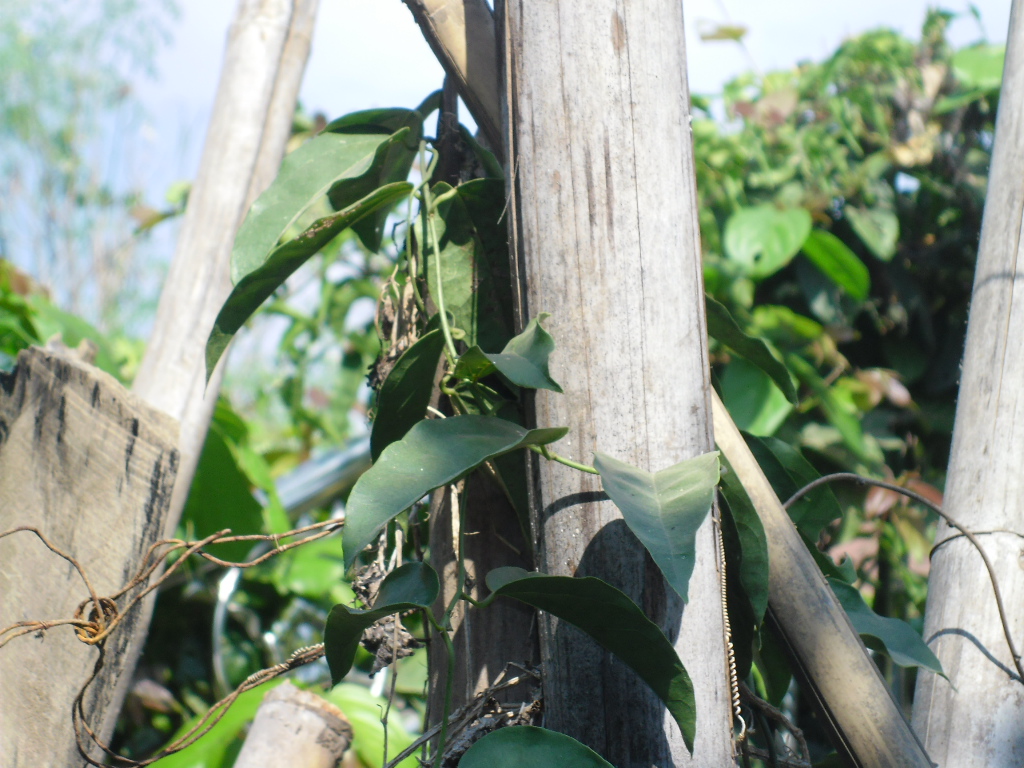


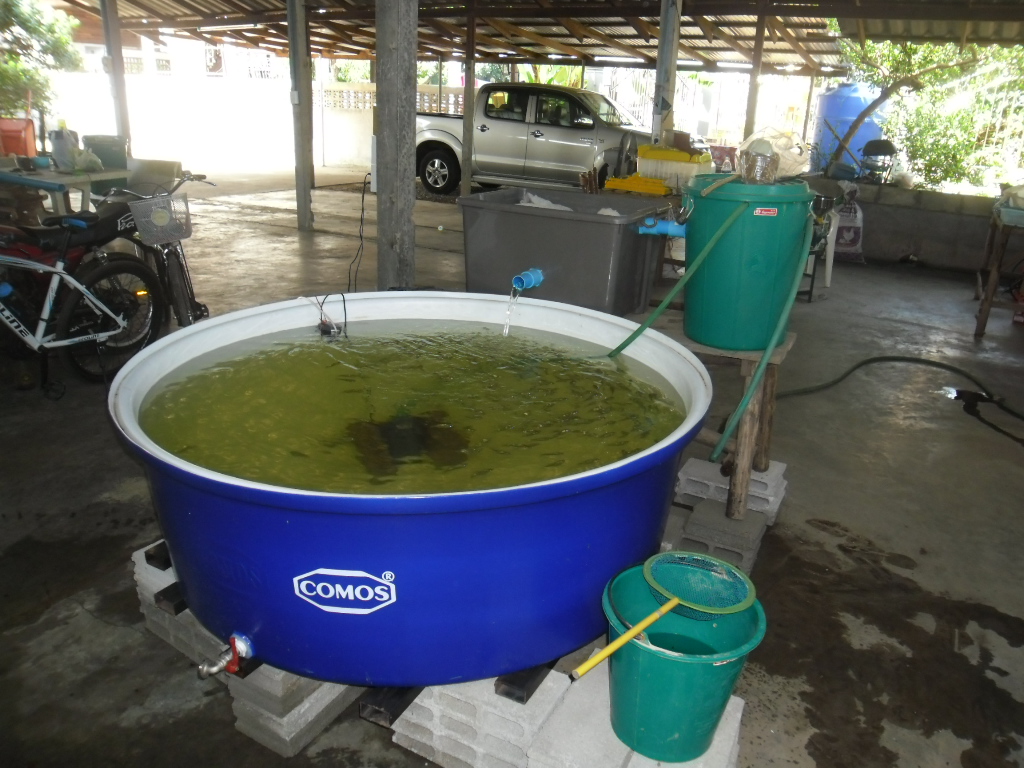
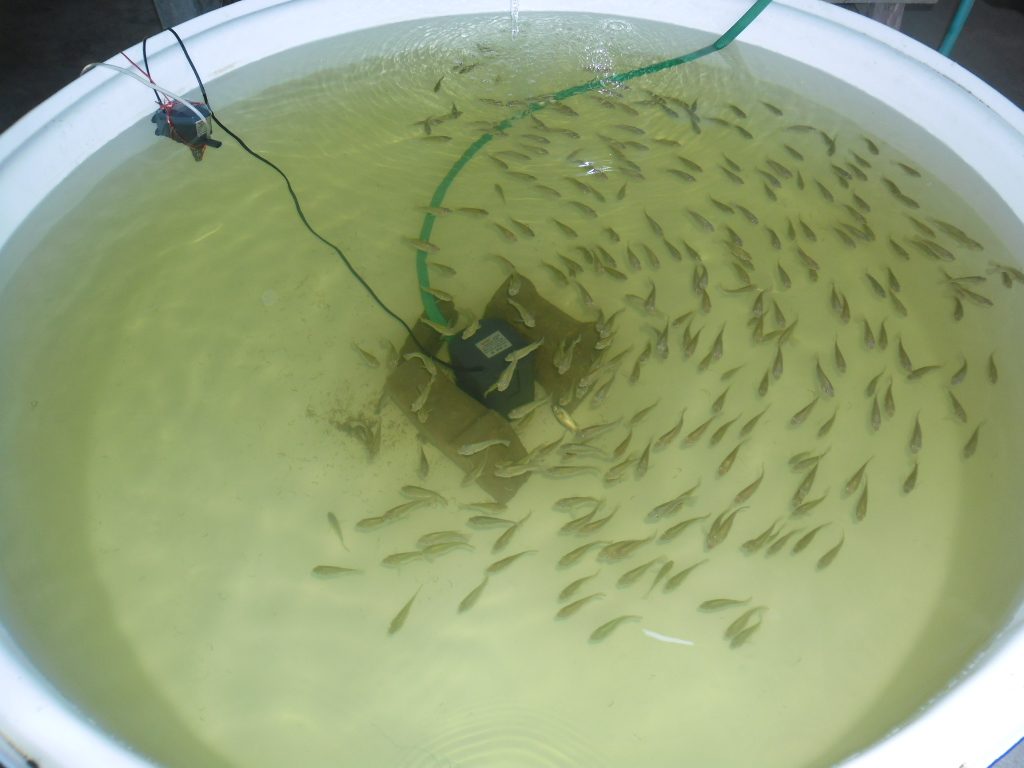

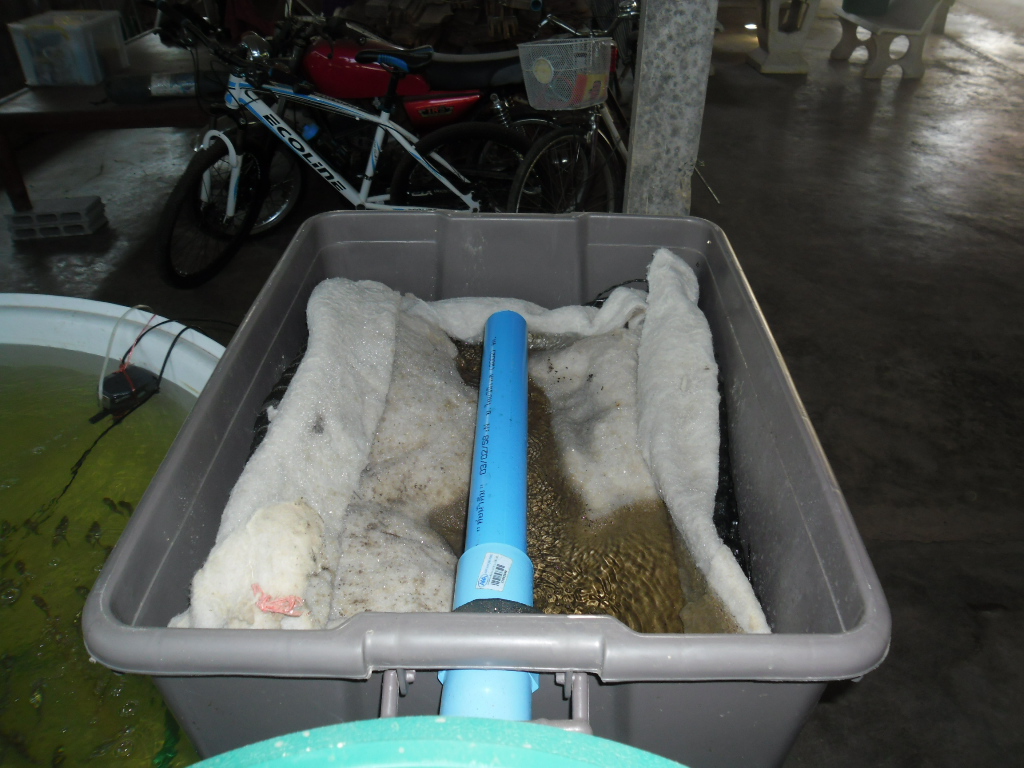

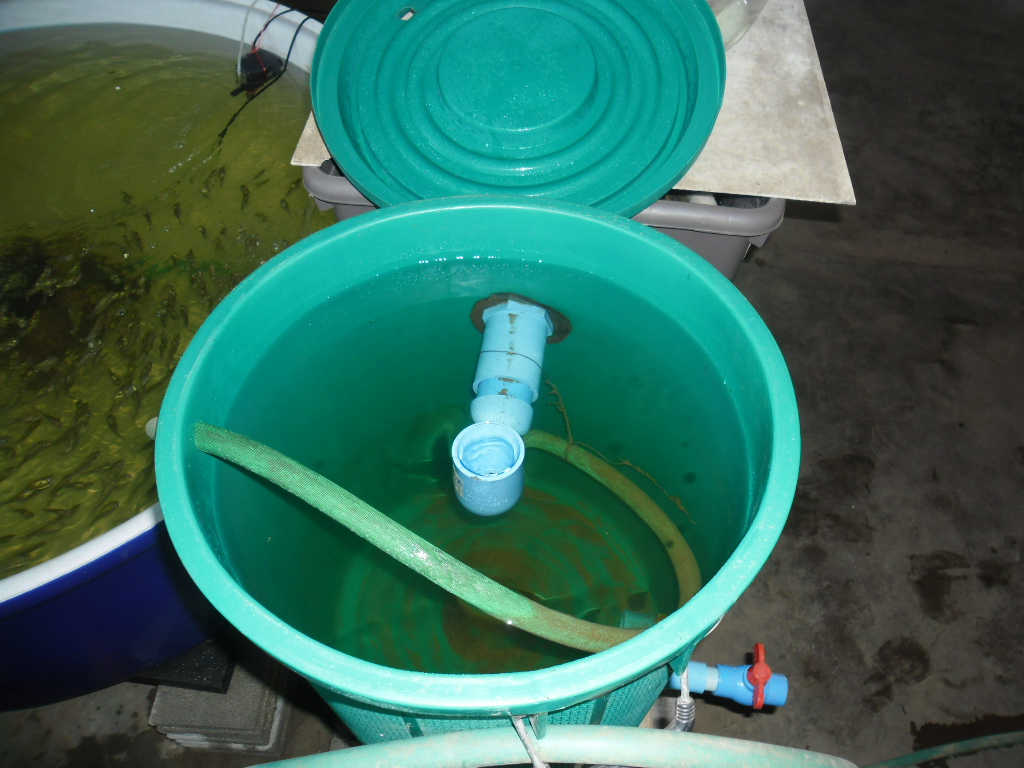
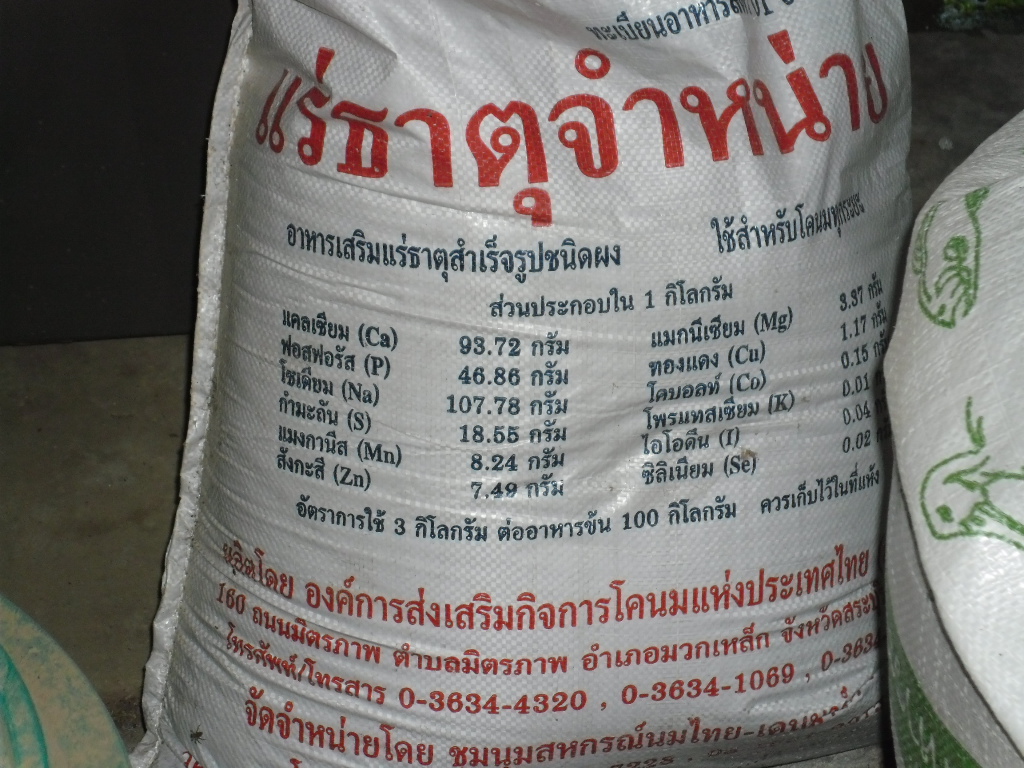

.jpg.e1dd1caed9530c274839efb46c4da3a7.jpg)
Grinder for turkey food
in Farming in Thailand Forum
Posted
When you ask at shops about a grinder ask for a soy bean grinder. I go mine for around 6,000 baht. As for feed the closest I know of for turkey feed would be Betagro "Native Chicken Starter". It is comes as crumbles and has 20% protein. If you get a grinder or want to mix your own feed, pm me your email address and I will send you a spreadsheet and some recommendations.
cheers